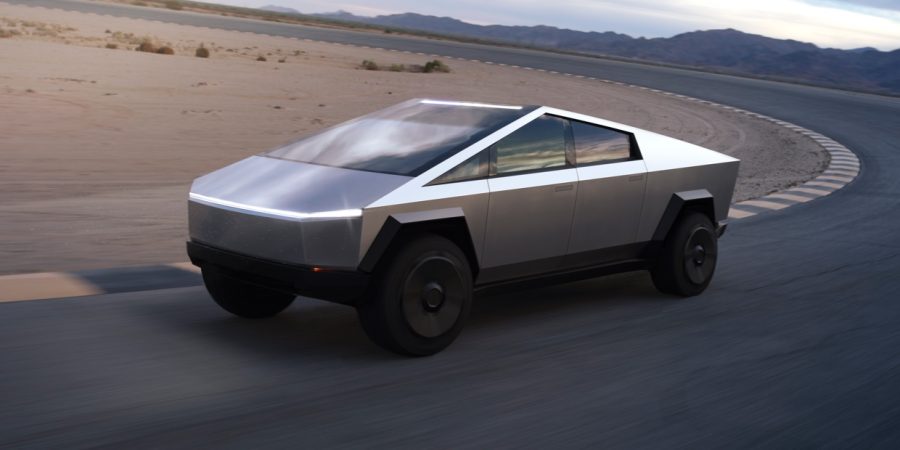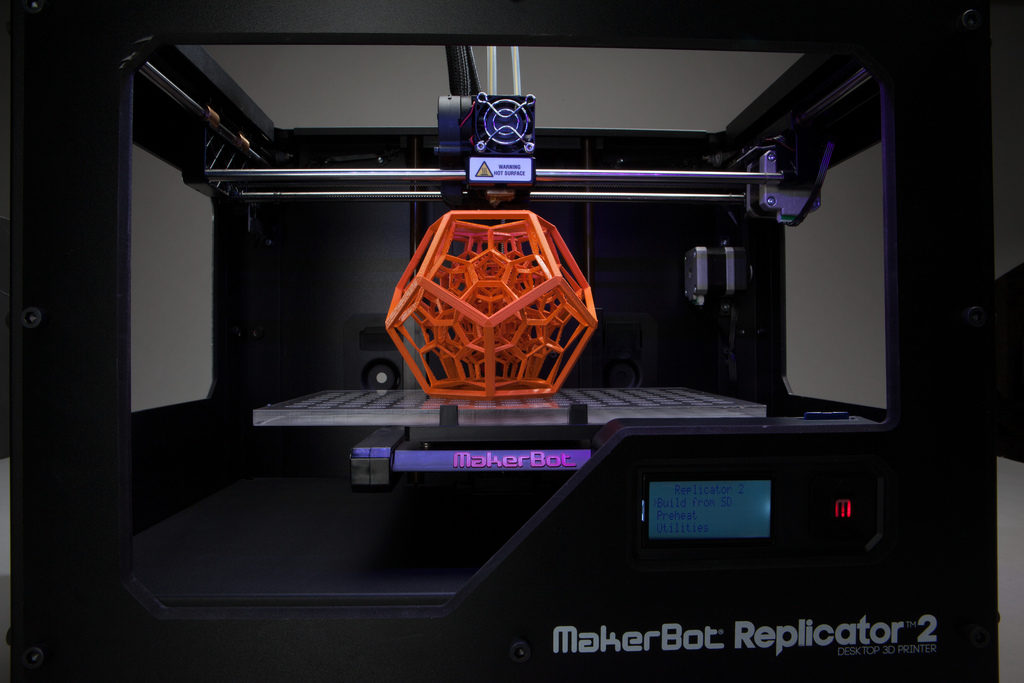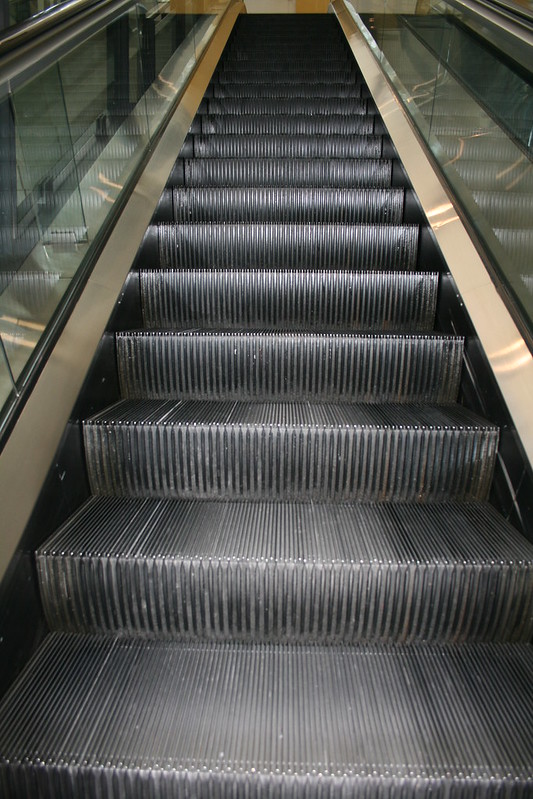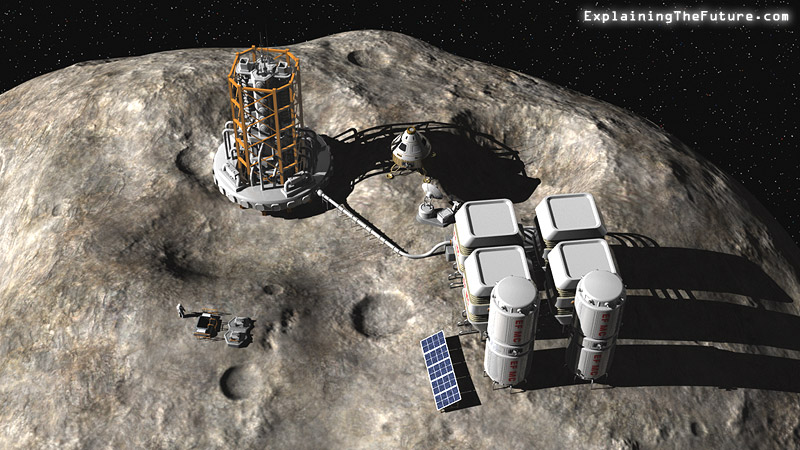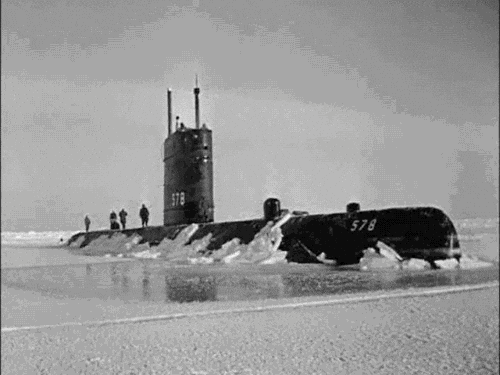The most common use of transportation people use everyday are cars, but how do cars actually work? What happens when you step on the gas?
Gas Powered Cars
Non-electric cars run on a type of engine called internal combustion engines (ICEs). These engines often have 4, 6, or 8 cylinders inside of them that power them. Inside the cylinders are a piston which moves up and down, causing a bar, the crankshaft, to spin, which converts linear motion to rotary motion. This rotary motion drives the wheels. These pistons are powered by combustion. When the piston lowers, air and fuel get injected into the space between the top of the cylinder and the piston. Once the piston goes up, the fuel and air ignite, causing the piston to go back down and restart the cycle. The amount of air and fuel injected is controlled by the gas pedal. The harder you step on the pedal, the more gets injected, causing the piston and crankshaft to function faster, ultimately making the car drive faster.
Electric Cars
However electric cars are different. They run on induction motors. These motors have two main parts: a stator and a rotor. A stator is a set of rings with copper wires wrapped around it. The wires conduct electricity at certain rates, making a rotating magnetic field. This field induces the rotor with its electric current, causing it to spin and drive the wheels. Stepping on the accelerator (gas pedal for electric cars) controls the frequency of electricity that the wires send. The harder you press the accelerator, the stronger the current on the rotor.
RELATED STORIES:
- https://harrisautomotiverepair.com/car-accelerator/#:~:text=Your%20throttle%20pedal%20is%20connected,down%20to%20rotate%20the%20crankshaft.
- https://home.cern/science/accelerators/how-accelerator-works#:~:text=In%20the%20first%20part%20of,particles%20forwards%20along%20the%20accelerator.
- https://afdc.energy.gov/vehicles/how-do-gasoline-cars-work#:~:text=A%20gasoline%20car%20typically%20uses,spark%20from%20the%20spark%20plug.
- https://www.caranddriver.com/features/a26962316/how-a-car-works/#:~:text=The%20Best&text=Specifically%2C%20an%20internal%2Dcombustion%20engine,to%20make%20the%20car%20move.
- https://blog.amsoil.com/how-does-an-engine-work-combustion-components/#:~:text=The%20intake%20function%20involves%20drawing,burned%20gases%20from%20the%20engine.
TAKE ACTION:
- https://www.rac.co.uk/drive/electric-cars/choosing/electric-car-conversion-how-to-convert-a-car-to-electric/#:~:text=In%20theory%2C%20any%20car%20can,a%20ready%2Dmade%20converted%20EV.
- https://regismanufacturing.com/engine-building-basics/#:~:text=Engine%20builds%20aren’t%20especially,don’t%20make%20mistakes%20you
